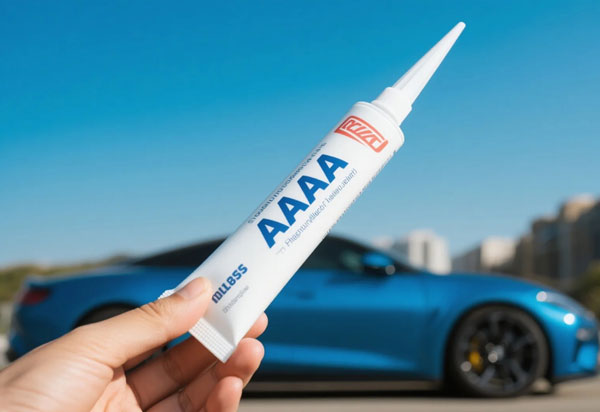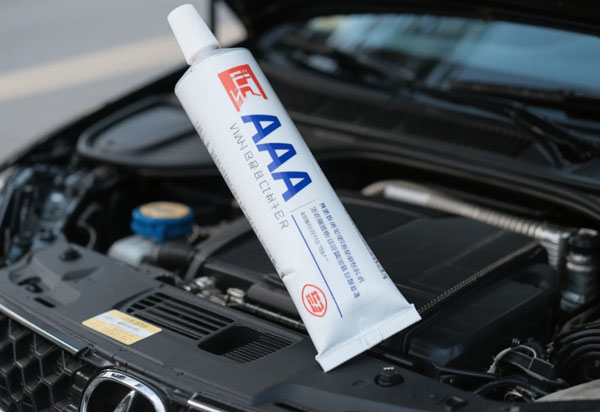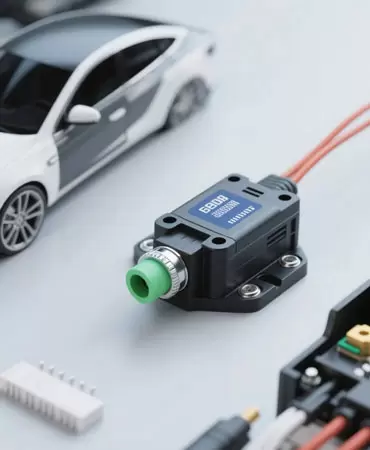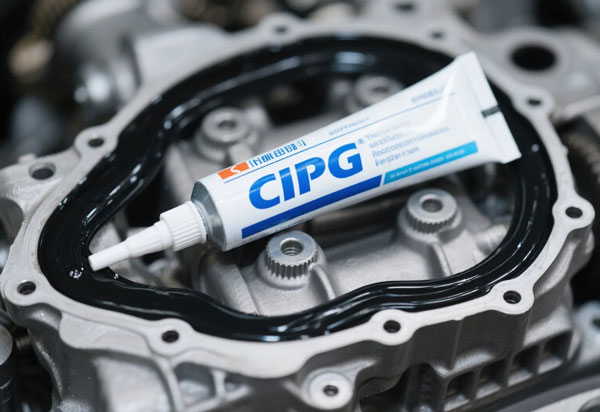 Home / News / Industry News / How Automotive Body Adhesives Improve NVH Performance?
Home / News / Industry News / How Automotive Body Adhesives Improve NVH Performance? 2025-08-13
With the rapid development of the automotive industry, consumers are demanding increasingly higher levels of vehicle comfort. In automotive design, NVH (Noise, Vibration, Harshness) performance has become a key indicator of vehicle quality. NVH performance directly impacts the driving experience, ride comfort, and the vehicle's premium feel. To effectively improve NVH performance, automakers are increasingly using automotive body adhesives in vehicle structures to replace or supplement traditional welding processes. This article will detail how automotive body adhesives improve NVH performance, from the perspectives of principles, applications, selection, and application.
Noise: Vehicle noise primarily originates from the engine, transmission, tire-road contact, and aerodynamic forces. Vibration in the vehicle body structure amplifies noise, causing passengers to experience a noticeable resonance.
Vibration: While driving, the chassis and body are affected by road irregularities and the movement of mechanical components, generating vibrations. Excessive vibration can affect vehicle handling and reduce ride comfort. Harshness: Harshness is the vibration and sound transmitted from the vehicle body structure to the cabin, directly impacting the overall vehicle quality.
NVH performance not only impacts ride comfort but also influences a vehicle's market competitiveness and brand image. Therefore, effectively reducing noise and vibration and improving vehicle quietness are key concerns for automakers.
The key to improving NVH performance with automotive body adhesives lies in structural damping and vibration absorption:
Structural Damping: High-performance adhesives form a flexible bonding layer between the metal panels of the vehicle body. When the vehicle body is subjected to vibration or impact, the adhesive layer converts some of the vibration energy into heat, thereby reducing vibration transmission and reducing interior noise.
Vibration Absorption and Isolation: The inherent elasticity of adhesives acts as a buffer between body panels. Compared to rigid welds, adhesive connections can reduce structural resonance and improve the overall vibration damping capability of the vehicle body. Sealing and Anti-Resonance: Adhesives fill vehicle body seams and gaps, not only improving sealing but also suppressing resonance between air and metal panels, further reducing wind and structure-borne noise.
Through these mechanisms, automotive body adhesives can effectively improve vehicle NVH performance and enhance the driving and riding experience.
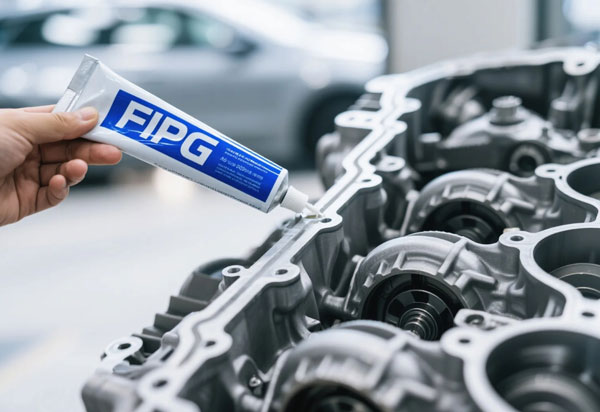
Different types of automotive body adhesives have different characteristics in improving NVH performance:
Polyurethane Adhesives (PU Adhesives): PU adhesives have excellent elasticity and can form a flexible bond between metal panels, effectively absorbing vibration energy and reducing interior noise, making them the preferred choice for improving NVH performance.
Epoxy Adhesives: Epoxy adhesives offer high strength after curing and can be used for structural bonding. They also help reduce low-frequency vibration resonance by providing localized bonding and enhancing vehicle body rigidity.
Acrylic Adhesives: Acrylic adhesives cure quickly and offer excellent weather resistance, making them suitable for bonding multiple materials. Their elasticity effectively reduces vibration transmission and improves mid- and high-frequency NVH performance. Silicone adhesives (Silicone glue): Primarily used for sealing and sound insulation, they are heat-resistant and highly elastic, significantly reducing wind noise and localized vibrations. However, they are not suitable for bonding primary load-bearing structures.
To achieve optimal NVH performance, the appropriate type and application method of automotive body adhesives should be selected based on the specific part:
Exterior body panels: Polyurethane or acrylic adhesives can be used on parts such as the roof, door panels, and side panels to mitigate structural vibrations, reduce wind noise, and reduce metal resonance.
Structural body parts: Epoxy resin adhesives can be used on load-bearing parts such as the B-pillar and chassis crossmembers, ensuring vehicle strength while also improving low-frequency vibration transmission through proper layout.
Seals and trim: Silicone adhesives used on doors, windows, lights, and trim can fill gaps, block air and moisture penetration, and reduce the impact of wind and water noise on vehicle interior NVH.
The application technology of automotive body adhesives directly affects NVH performance, primarily including:
Surface treatment: The bonding surface should be degreased, rust-free, or sandblasted to ensure a tight bond between the adhesive and the metal sheet, enhancing vibration damping.
Adhesive layer thickness control: A reasonable adhesive layer thickness ensures optimal elasticity and energy absorption. Too thin an adhesive layer may reduce vibration absorption, while too thick an adhesive layer may affect vehicle body strength.
Curing conditions: The adhesive's curing temperature and time affect its elasticity and strength, directly impacting NVH improvement. High-performance adhesives typically support heat or rapid curing to accommodate assembly line production cycles.
Automated application: Application using an automated dispensing system ensures a uniform adhesive layer, ensuring stable NVH performance and consistent vehicle body quality.
To maximize NVH performance, consider the following when purchasing automotive body adhesives:
Material compatibility: Select an adhesive compatible with the vehicle body material, particularly for aluminum alloys, magnesium alloys, and composite materials, to ensure bond strength and damping. Durability: Adhesives must maintain stable performance under prolonged vibration, temperature fluctuations, and humid and hot environments to prevent aging-induced NVH degradation.
Strength and elasticity balance: Highly elastic adhesives help absorb vibration, but insufficient strength can compromise structural safety. When selecting an adhesive, consider both NVH improvement and vehicle safety.
Brand and certification: Selecting adhesives from brands that are OEM-approved or ISO/TS 16949-certified ensures consistent product performance and quality.
6. Case Study: The Application of Polyurethane Adhesives in NVH Improvement
For example, a high-end sedan utilizes polyurethane-based automotive body adhesives on its roof and side panels. Vibration testing revealed:
The mid-frequency vibration amplitude was reduced by approximately 20%, and interior wind noise was reduced by approximately 3-5 dB.
The adhesive's flexible layer effectively suppressed localized resonance in the metal panels.
The overall vehicle quietness was enhanced, significantly improving ride comfort.
This case demonstrates that the appropriate selection of adhesive type, application thickness, and application process can significantly improve the NVH performance of the entire vehicle.
Automotive body adhesives play an irreplaceable role in improving NVH performance. By properly selecting adhesive types, optimizing application techniques, and matching vehicle body materials, automakers can effectively reduce noise, vibration, and harshness (NVH) and enhance vehicle quietness and comfort. With the advancement of lightweight vehicles and new energy technologies, high-performance adhesives will play an even more crucial role in future vehicle body design, providing a solid foundation for vehicle quality and brand image.
As a professional automotive body adhesive company, Polyton is committed to providing automakers with high-performance, environmentally friendly adhesive solutions that meet the bonding requirements of diverse vehicle structures and materials, significantly improving vehicle NVH performance and structural strength. Furthermore, the company's products undergo rigorous quality testing and hold multiple certifications, offering both heat and corrosion resistance and excellent vibration absorption. They provide reliable support for lightweight vehicle design and high-end manufacturing, helping automakers enhance driving comfort and overall quality.
